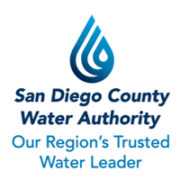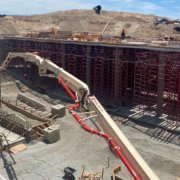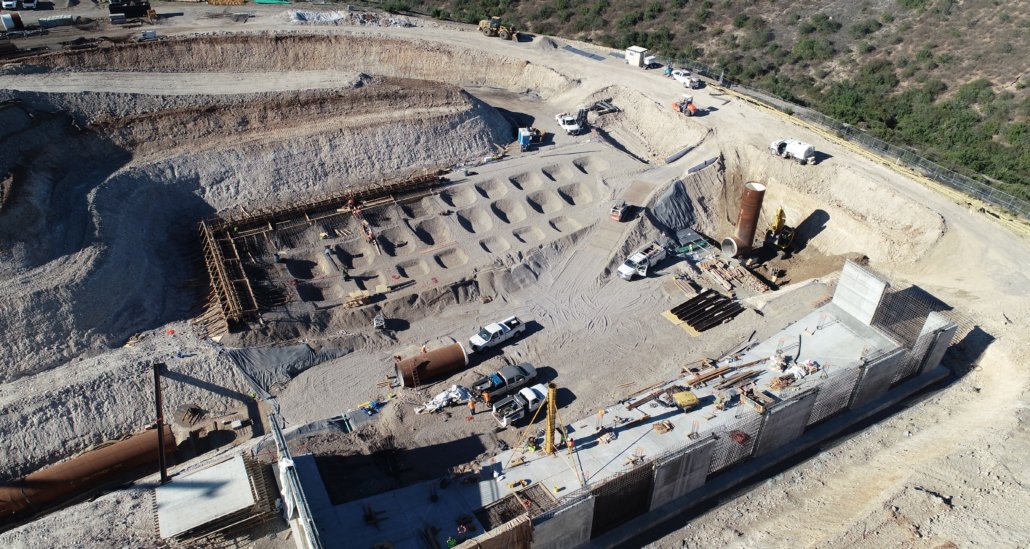Opinion: State Should Help Fund Local Water Resilience Projects
On July 8, Gov. Gavin Newsom expanded two earlier drought emergency declarations to cover 50 of the state’s 58 counties. In May, he directed state agencies to consider easing requirements for reservoir releases to conserve water upstream, and to make water transfers easier. Both are needed.
Notably, the governor’s emergency proclamation did not impose water conservation mandates. Instead, Gov. Newsom is leaving water conservation to each region — a smart and necessary approach that incentivizes regional investments in water supply.
Emergency conservation orders address short-term water shortages, but don’t move us toward the long-term goal of drought resilience. That requires strategic investments in local drought-resilient water supply projects, costs mostly borne at the local level.
The state recently took a step in the right direction by approving $3.5 billion in budgeted funds for water projects, but the details of how that money will be used are still being worked out. It is important that funds are directed to local drought-resilience projects. That would go a long way toward accelerating the 21st-century water solutions we need.
Consider our two regions: Sacramento and San Diego. We both have dry summers, but our water supplies are very different.
San Diego’s water comes from locally developed and imported water sources. Sacramento’s supplies come from nearby rivers fed by snowmelt and groundwater. That’s why we’ve chosen to solve our water supply challenges very differently.





